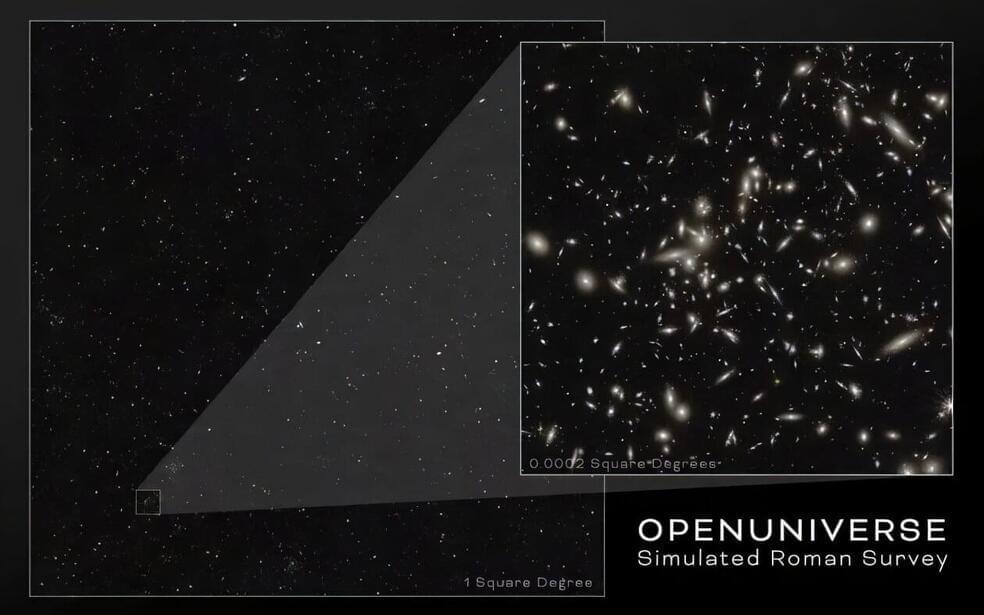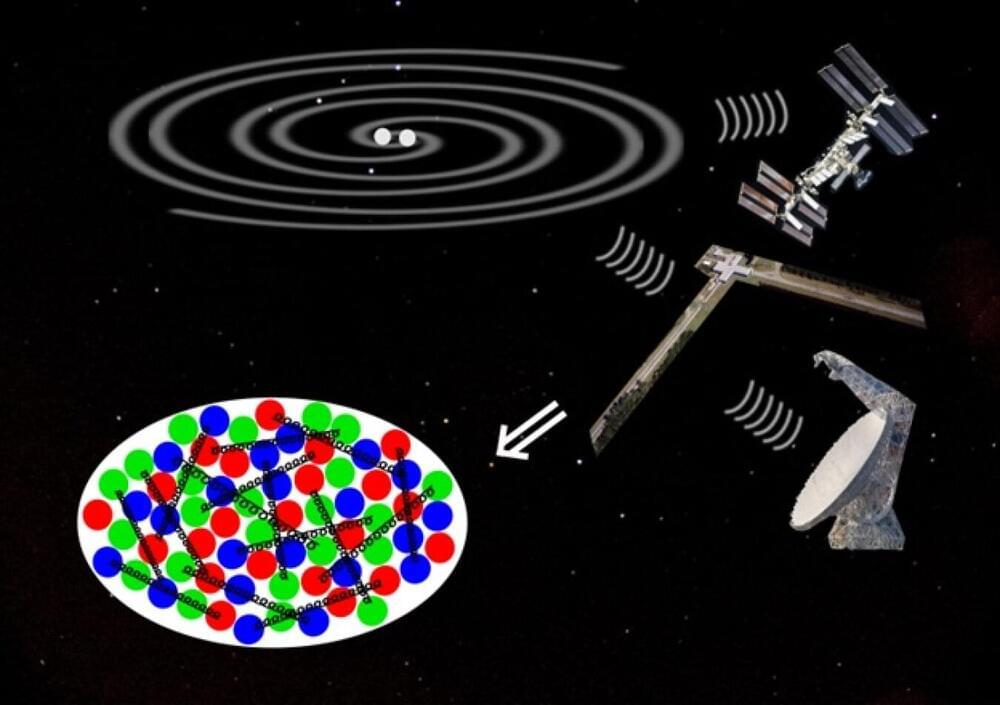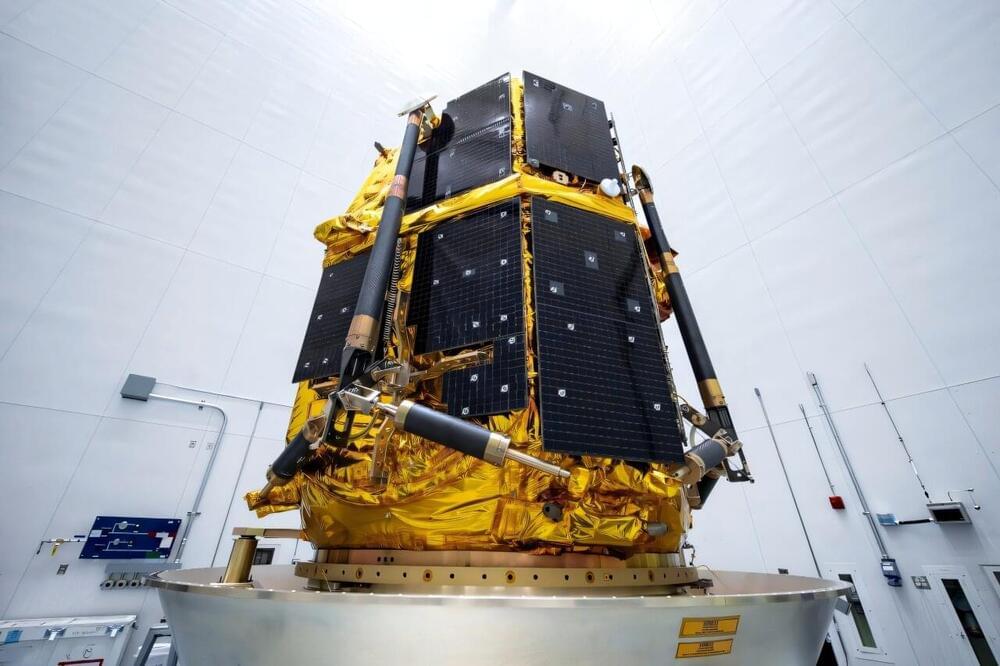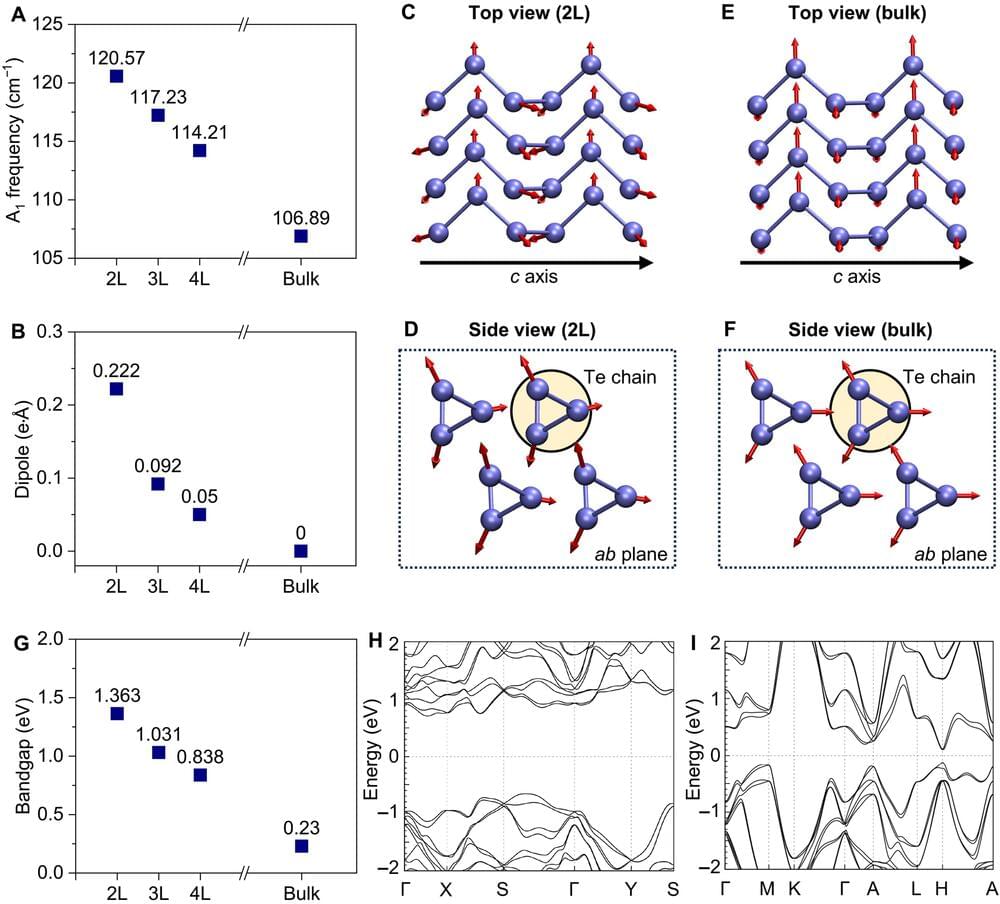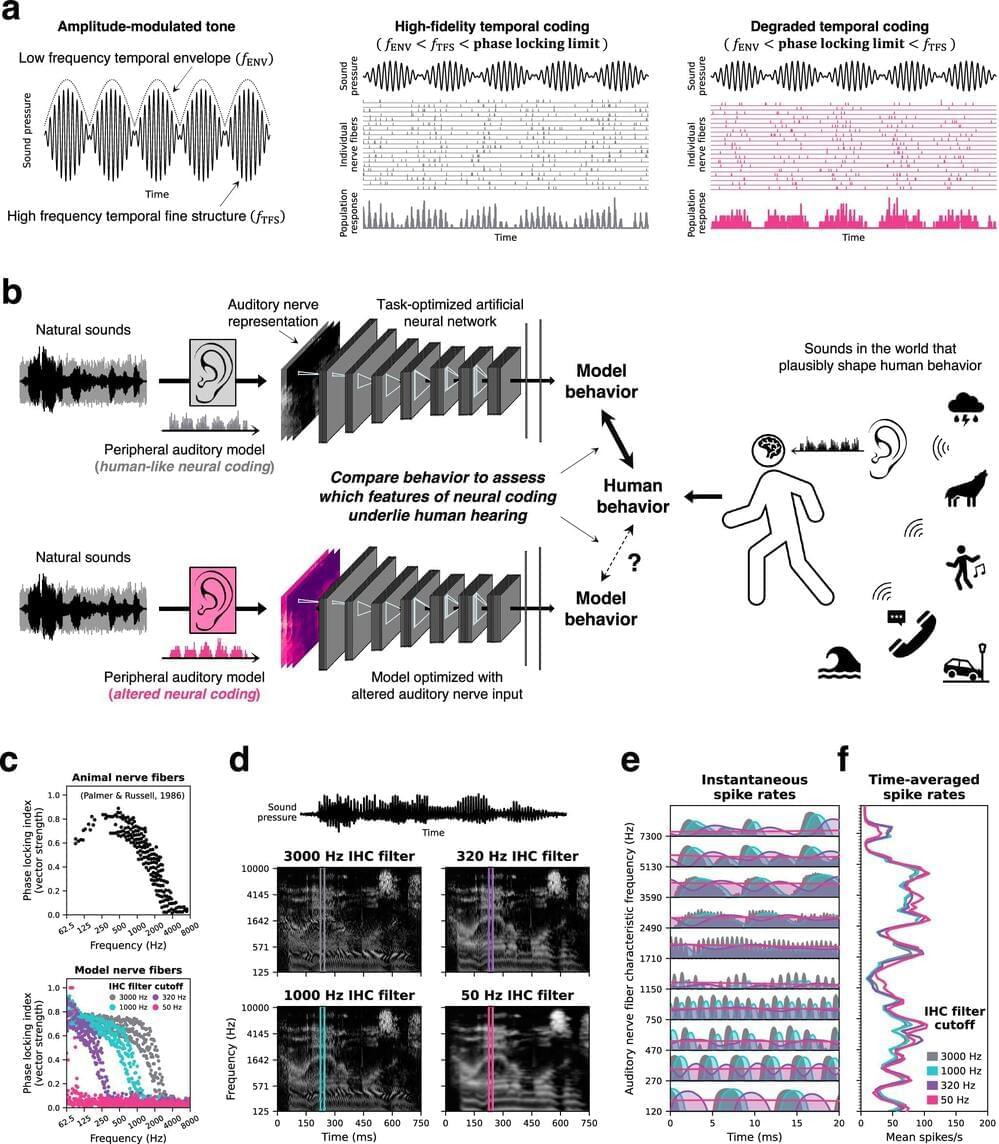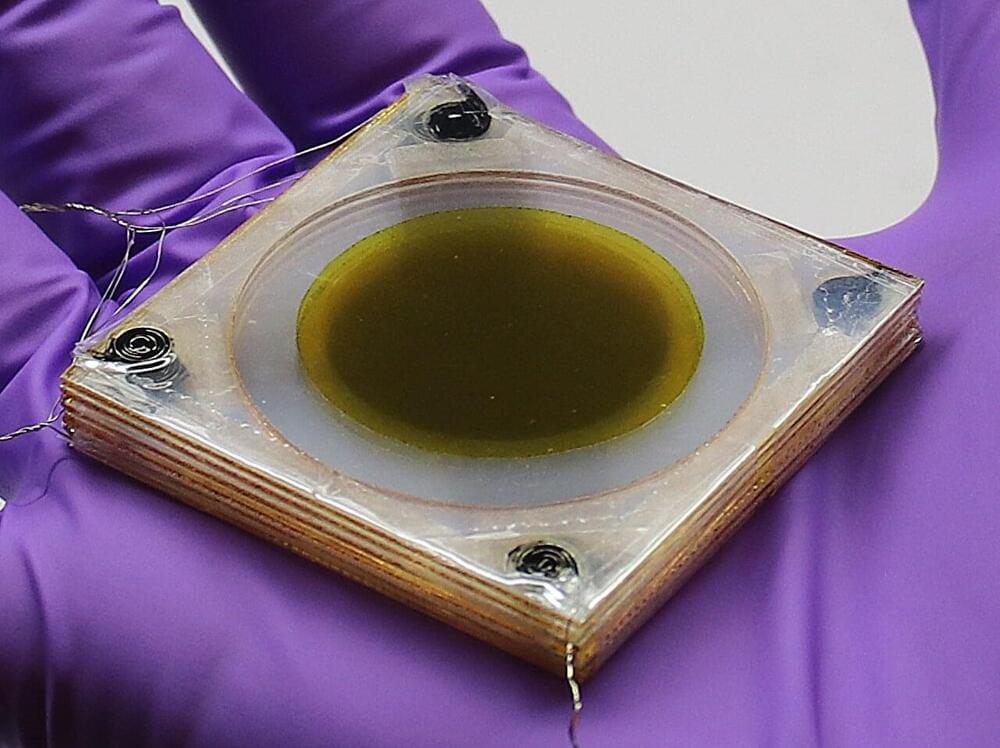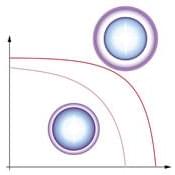An international team of astronomers has reported the detection of a new exoplanet orbiting a bright late F-type star. The newfound alien world, designated TOI-6038 A b, is about six times larger and nearly 80 times more massive than Earth. The finding is detailed in a paper published Jan. 4 on the arXiv preprint server.
NASA’s Transiting Exoplanet Survey Satellite (TESS) is conducting a survey of about 200,000 of the brightest stars near the sun with the aim of searching for transiting exoplanets. So far, it has identified nearly 7,400 candidate exoplanets (TESS Objects of Interest, or TOI), of which 591 have been confirmed so far.
Now, a group of astronomers led by Sanjay Baliwal of the Physical Research Laboratory (PRL) in Ahmedabad, India, reports the confirmation of another planet monitored by TESS. Baliwal’s team has identified a transit signal in the light curve of TOI-6038 A—a late F-type star about 578 light-years away. The planetary nature of this signal was validated by follow-up observations using the 2.5m telescope at the PRL Observatory in India.


